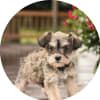Puggle Puppies
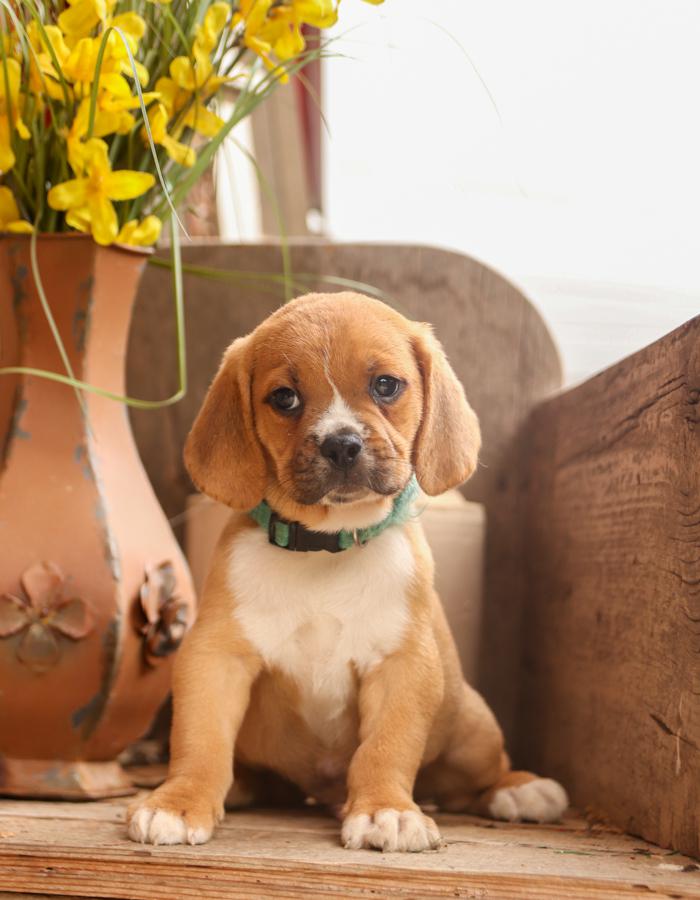
A social, sweet, and playful breed
The Puggle was first bred in the 1980s and soon became one of the most popular designer breeds in the United States. These lively dogs are low-maintenance and love spending time with their owners. Puggles have sweet personalities that make them befriend almost everyone they meet. These dogs make wonderful companions to people of all ages and household sizes.
Puggle At a Glance
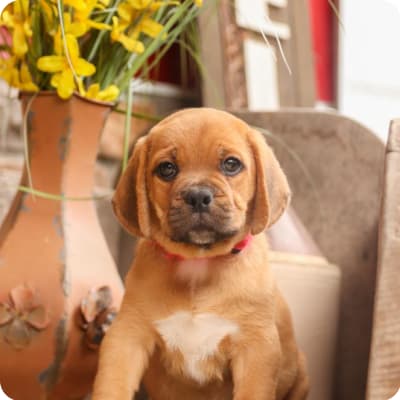
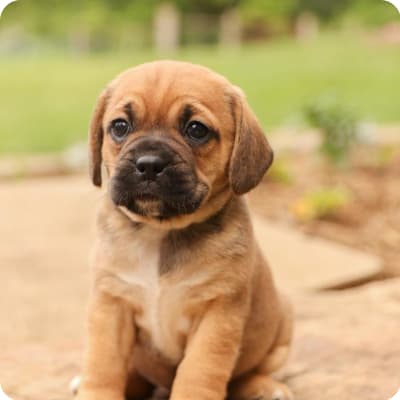
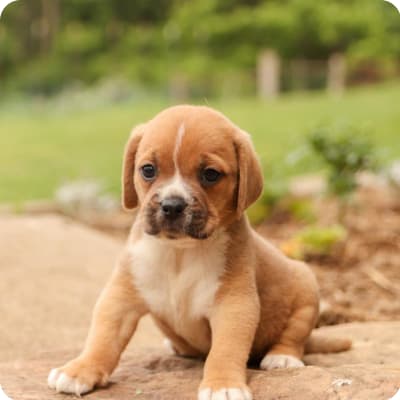
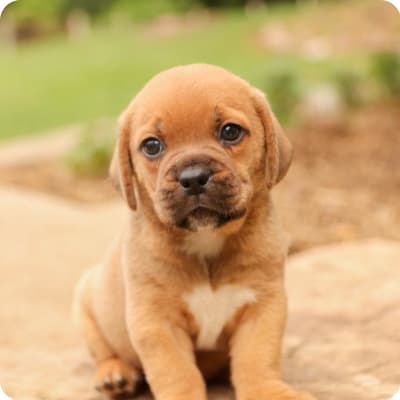
Puggle At a Glance
- Size: 7"-18", 10-30 lbs.
- Lifespan: 8-12 years
- Energy Level: medium
- Coat: Short, fine, and glossy
- Shedding: moderate
- Hypoallergenic: No
- Dog Group: Non-Sporting
- Common Nicknames:
Puggle Breed Guide
Learn More About Puggles
